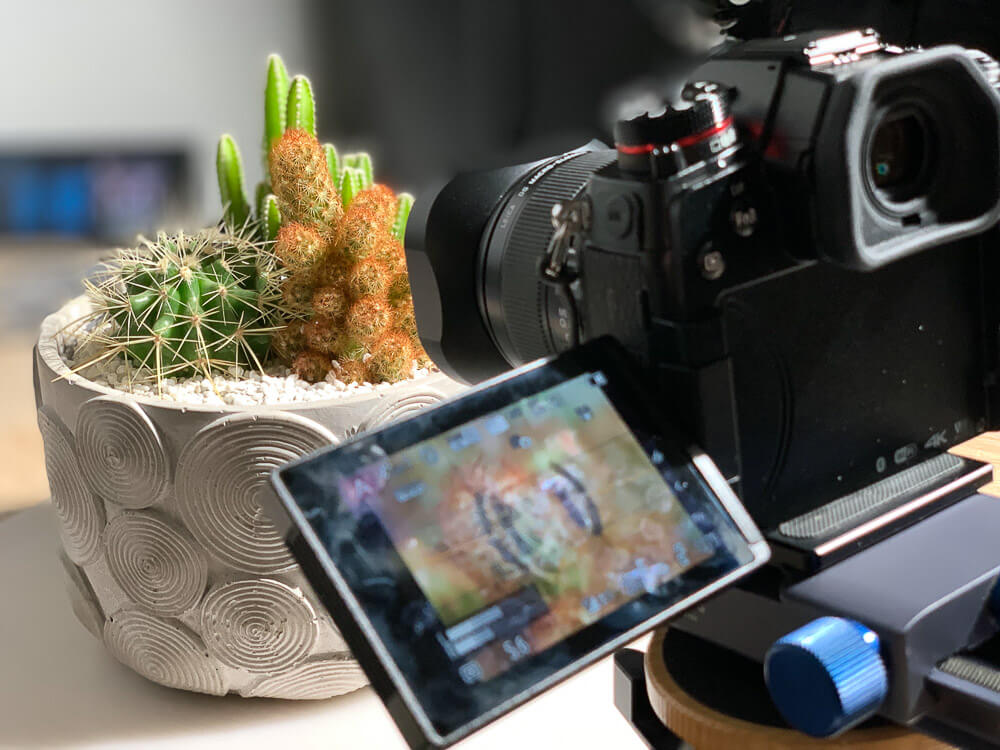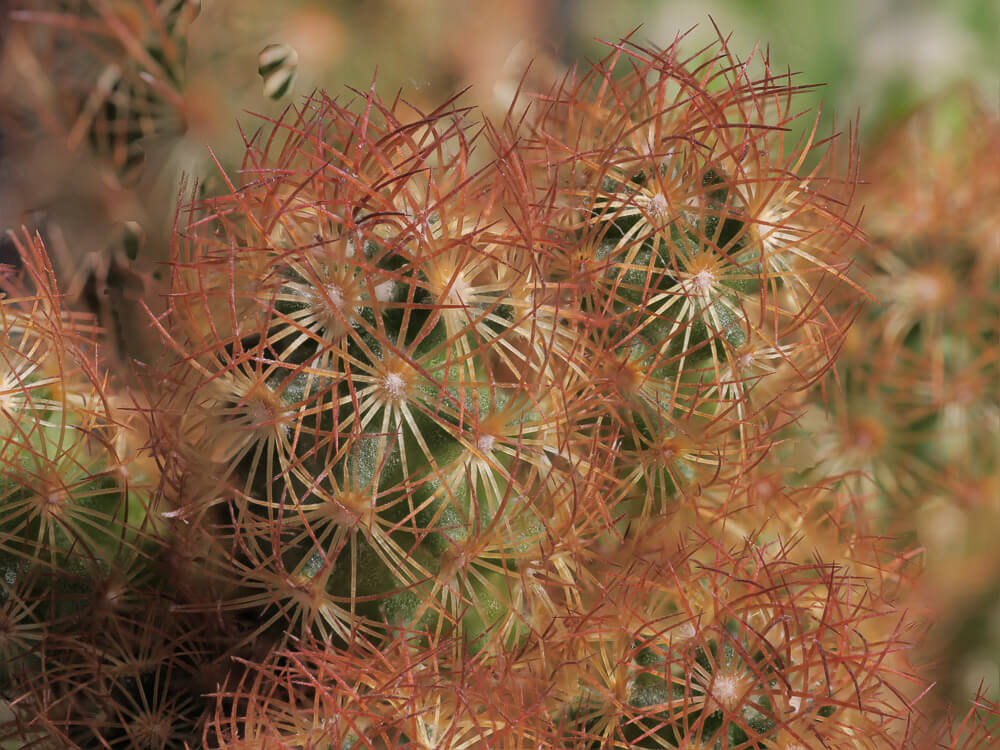Focus stacking classical or with an app or in the camera
In particular In close-up or macro photo we have to deal with the problem that depth-of-field is almost always not enough to cover the object in complete sharpness.
Introduction
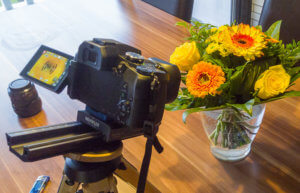 Using your lens almost at the nearest object distance possible or using a specialized macro lens to get closer to your object you notice very fast that depth-of-field isn’t sufficient to cover the complete object. Closing down the aparture won’t help that much because you’ll run into defraction problems very fast depending on the lens and the sensor size.
Using your lens almost at the nearest object distance possible or using a specialized macro lens to get closer to your object you notice very fast that depth-of-field isn’t sufficient to cover the complete object. Closing down the aparture won’t help that much because you’ll run into defraction problems very fast depending on the lens and the sensor size.
At this point digital image processing caomes in handy by combining a bunch of images with different layers of sharpness into one image using stacking software.
I did a small video showing the different methods of stacking :
Basic requirement for a succesful focus stack is a stable tripod so the image section won’t differ between the single shots.
The classical method
In the case the focus is moved from image to image a little. The best way to do this is the use of a focusing rail for close-up and macro images. But don’t sue those cheap ones you can get from ebay. Personally i use the focussing rail from Novoflex.
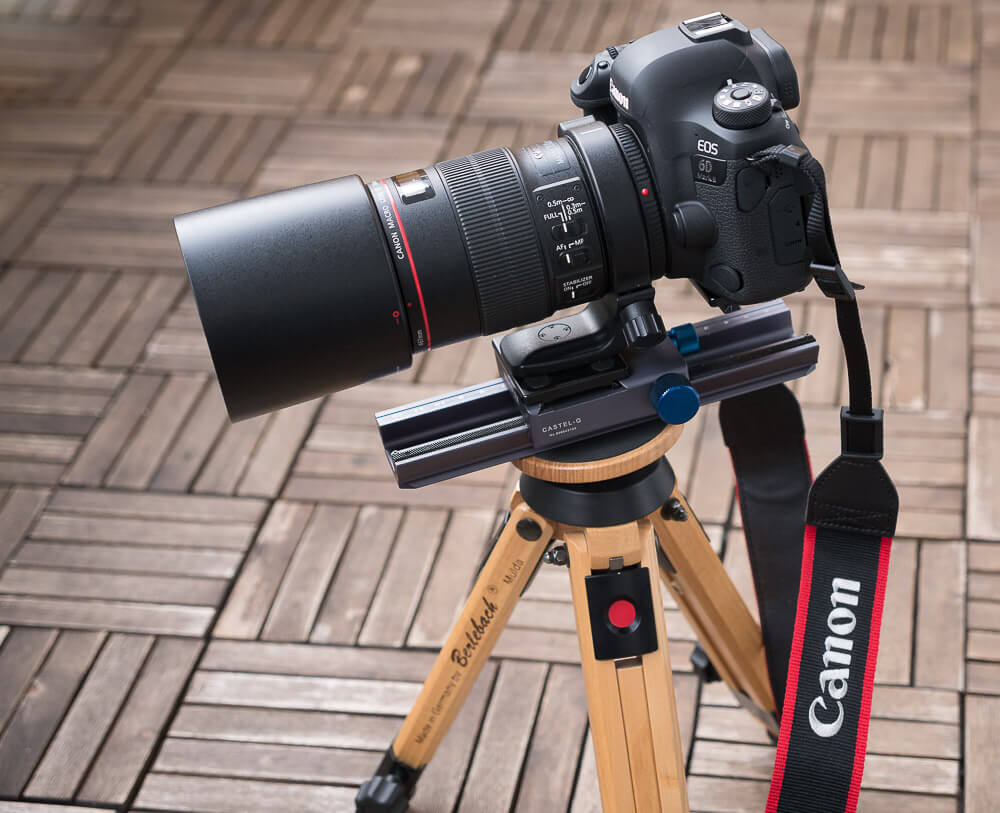 Here you the Novoflex focussing rail mounted on my favorite tripod the Berlebach Mini. Novoflex offers an addtion to the focusing rail called CAST-FINE to make changes in focus more precise.
Here you the Novoflex focussing rail mounted on my favorite tripod the Berlebach Mini. Novoflex offers an addtion to the focusing rail called CAST-FINE to make changes in focus more precise.
Stacking with an app
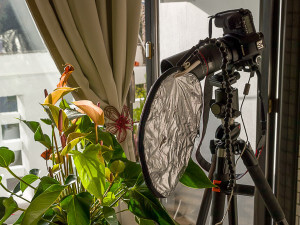 For almosat any camera system there are apps available connecting the camera either via USB or more usual per WiFi to remotly control most of the camera functions including the focus settings.
For almosat any camera system there are apps available connecting the camera either via USB or more usual per WiFi to remotly control most of the camera functions including the focus settings.
I made very good experiences with DSLRController and my Canon cameras. The only thing you have to get practise about the focus steps to choose for the images and to get the object in focus as a whole.
With my Lumix cameras i did a couple of stacks with the app GSimpleRelease which doesn’t differ that much in handling from the DSLRControler.
Doing focus stacks with the help of an app has the big advantage not to touch the camera so you don’t add camera shake to the camera and the tripod.
Stacking in the camera
Meanwhile a couple of cameras like the Lumix camera offer focus stacks or better the rendering of the final image within the camera.
But this method has two main differences. First of all the single image are stored as a video clip and rendering the stacked image is done in JPEG only. Since you don’t have RAW image your options for image processing are limited.
Here you an example from a internal stack done in the camera.
Software
Stitching the images together you’ll need a software. You can try Photoshop CC or Helicon Focus. After testting a couple of stacks i’ll stick to the Helicon Focus software.
I prefer this method, because you process the single raw files prior to render the focus stack. And if you occur a problem while rendering the stack you can manuall change the masks for the different focus layers.
Conclusion
Stacking is a very interesting topic and for a starting point you can use the camera internal method. The other method to shoot in raw and do the focus stack in a specialized software takes more effort, but the results usually are better.
ciao tuxoche
